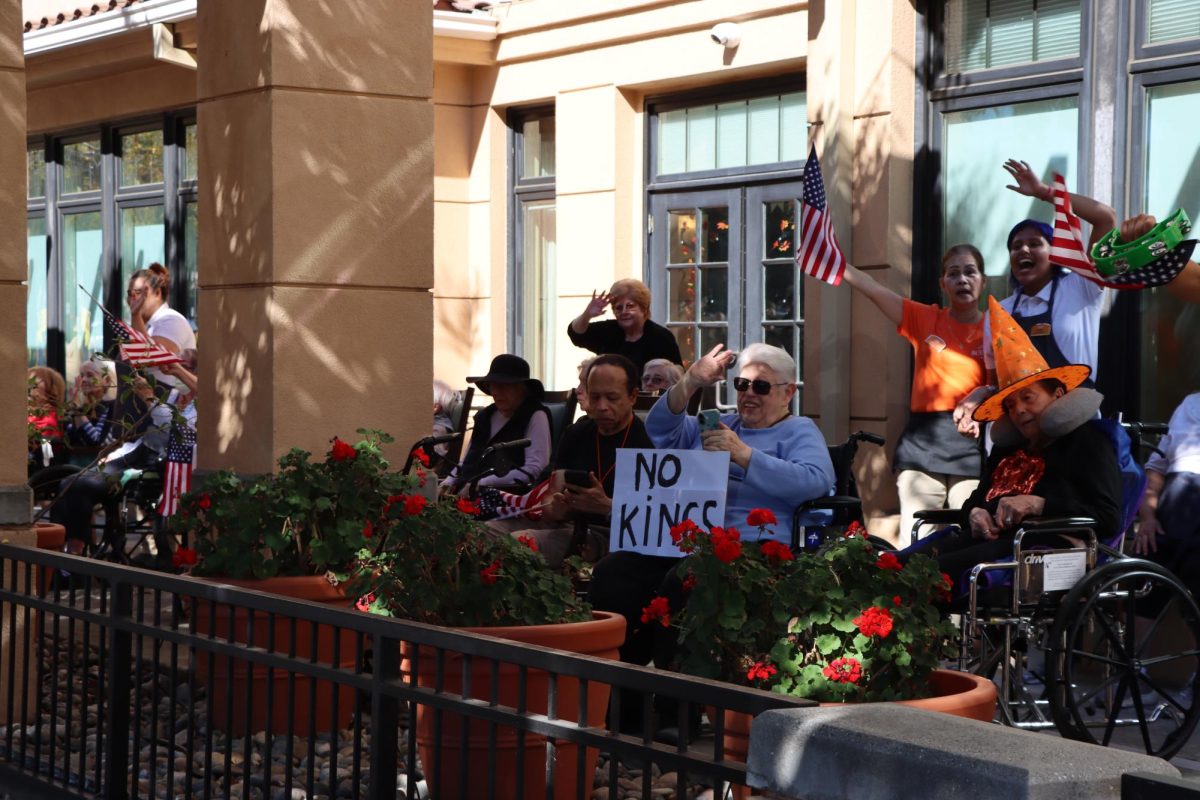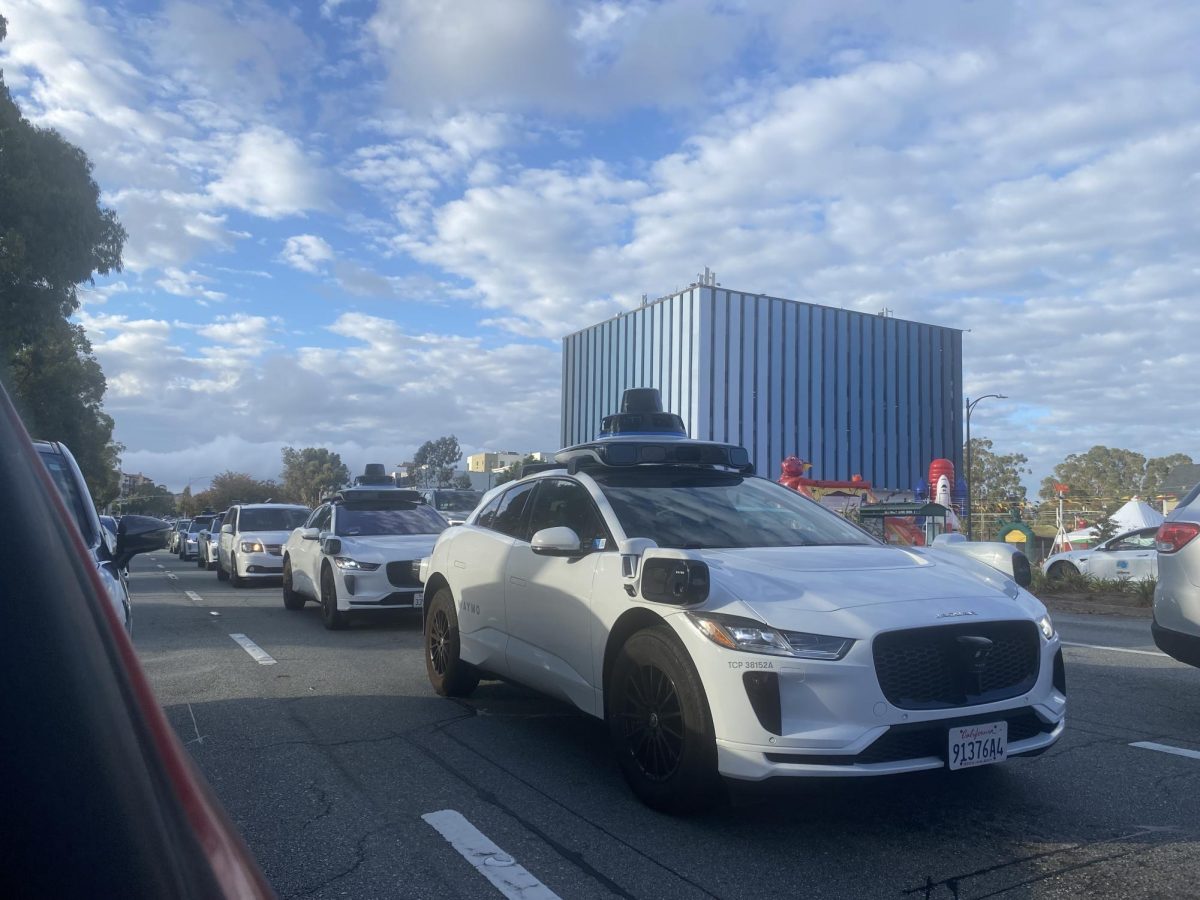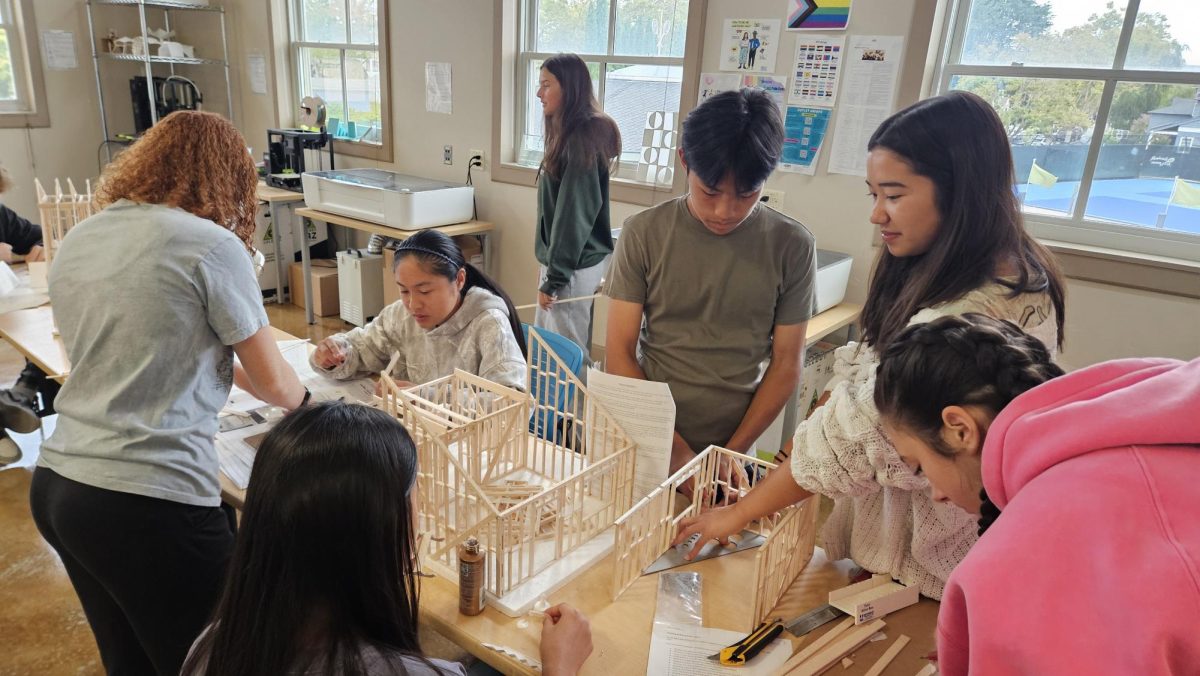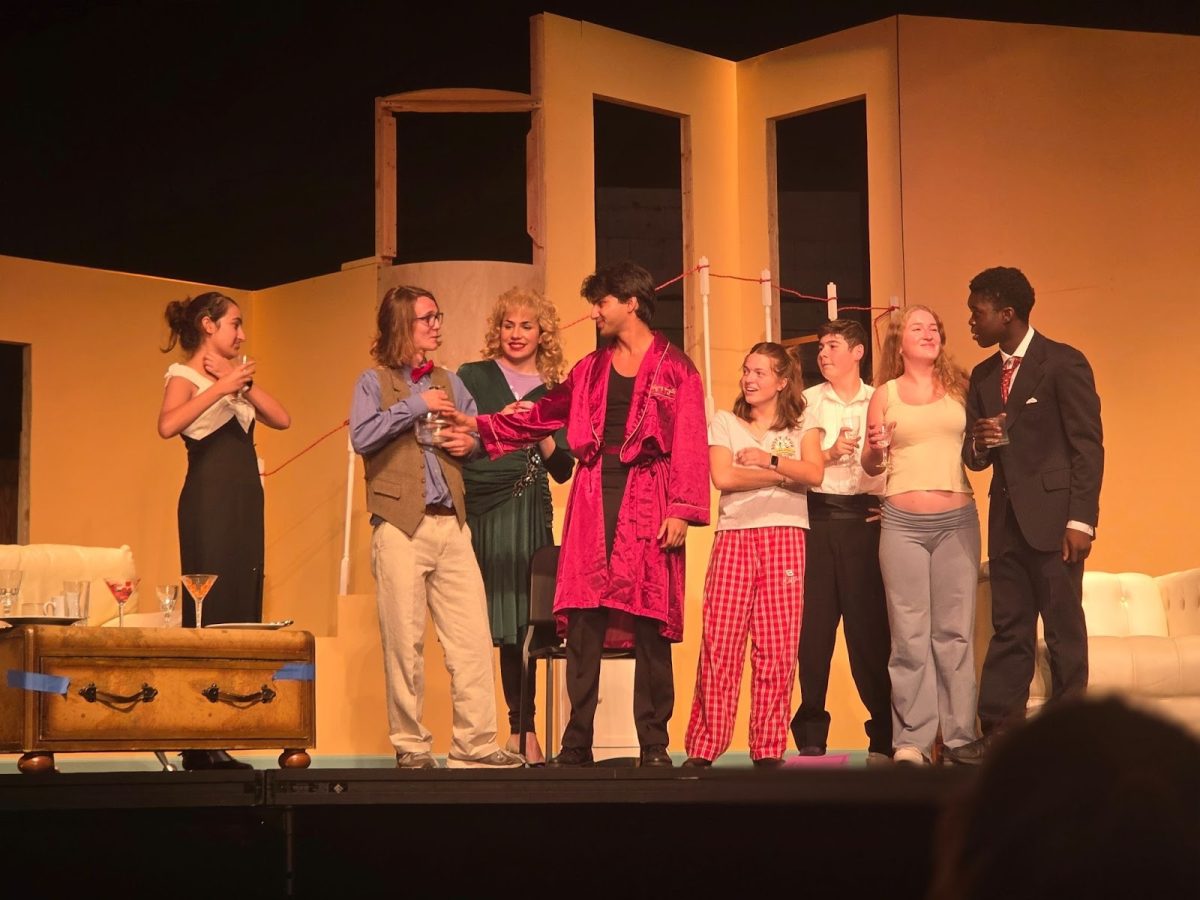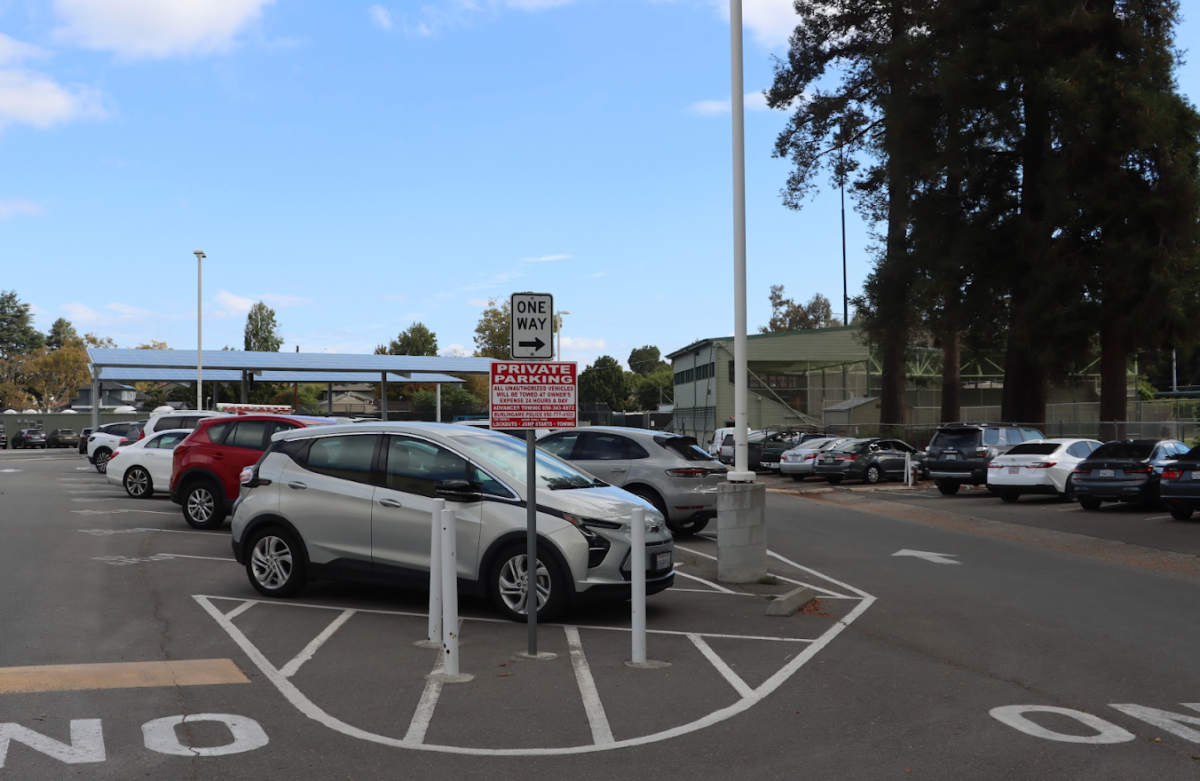Fifty-two Italian students from Carpi, Italy arrived in Burlingame on March 19. They stayed for a week, during which time, they explored Sausalito, the Golden Gate Bridge and the Google campus.

Despite the existence of many cultural differences between the Italian students and their American counterparts, they found plenty of commonalities to discuss, including recent political changes in both countries.
The Italian Election occurred on March 4, 2018, and, much like the election of President Donald Trump in 2016, it marked the rise of populist, conservative powers in government.
“Since, before, the government was left, maybe people thought that voting right could change the situation,” Elisa Ferrari, 17, said. She referred to the chronic weakness of the Italian economy. The country never fully recovered from the global financial crisis of 2008. In contrast to the multitude of working students in Burlingame, the number of unemployed teenagers in Italy is sky-high ( 31.5%, according to Statistica.com). The results of the recent election demonstrate disillusionment within the Italian electorate.
“People were asking for somebody with stronger ideas and promised to do big things, you know, bring Italy back to big power,” Alessia Sacchi, 17, said. The conservative Lega (League), an organization of multiple smaller parties, and populist Five Star Movement represent the majority of the recently elected officials within the Italian legislature (although Carpi is located in one of few areas that voted majority Democratic Party).
The Lega ideology consists of nationalism combined with social conservatism on issues such as abortion and gay rights. In contrast, the Five Star Movement has the goal of eliminating dependence on the party system by connecting voters directly to the state through the internet. Both parties have expressed negative feelings towards the European Union and waves of immigrants entering Italy.
The rhetoric was familiar to students in the AP Italian class, who, two months ago, learned about the differences between the Italian and United States governments.
AP Italian teacher Mrs. Antonella Wemple described the various functions of the Italian government. Like the United States, Italy is governed by three branches: legislative, executive, and judicial. However, the Italian president has less power than the prime minister, a position possessed by the leader of the political party awarded the most votes within an election. Consequently, the leadership of the Italian government is in almost-perennial flux.
“Here in America, it’s easier because you have two big parties,” Sacchi said. Although the political establishment is dominated by three or four major parties, more than thirty parties participated in the recent election. The chaotic political landscape creates coalitions of parties with juxtaposing beliefs, which are often ineffective at introducing reform. Neither Lega nor the Five Star Movement received enough votes to establish a majority, and Lega has pledged that it will not share authority with other parties. Although the future of Italian politics is murky, many were not surprised by the outcome.
“I think the results were predictable,” Ferrari said. She cited overwhelming popular frustration with regards to stagnating economic conditions. Whether the newly elected officials will bring the change so desperately desired is yet to be seen.
“We often joke about each other, like among Italian people, that we blame the government for everything that goes wrong,” Sacchi said. “Even when it rains on a sunny day, you say, ‘it’s the government’s fault.’”

